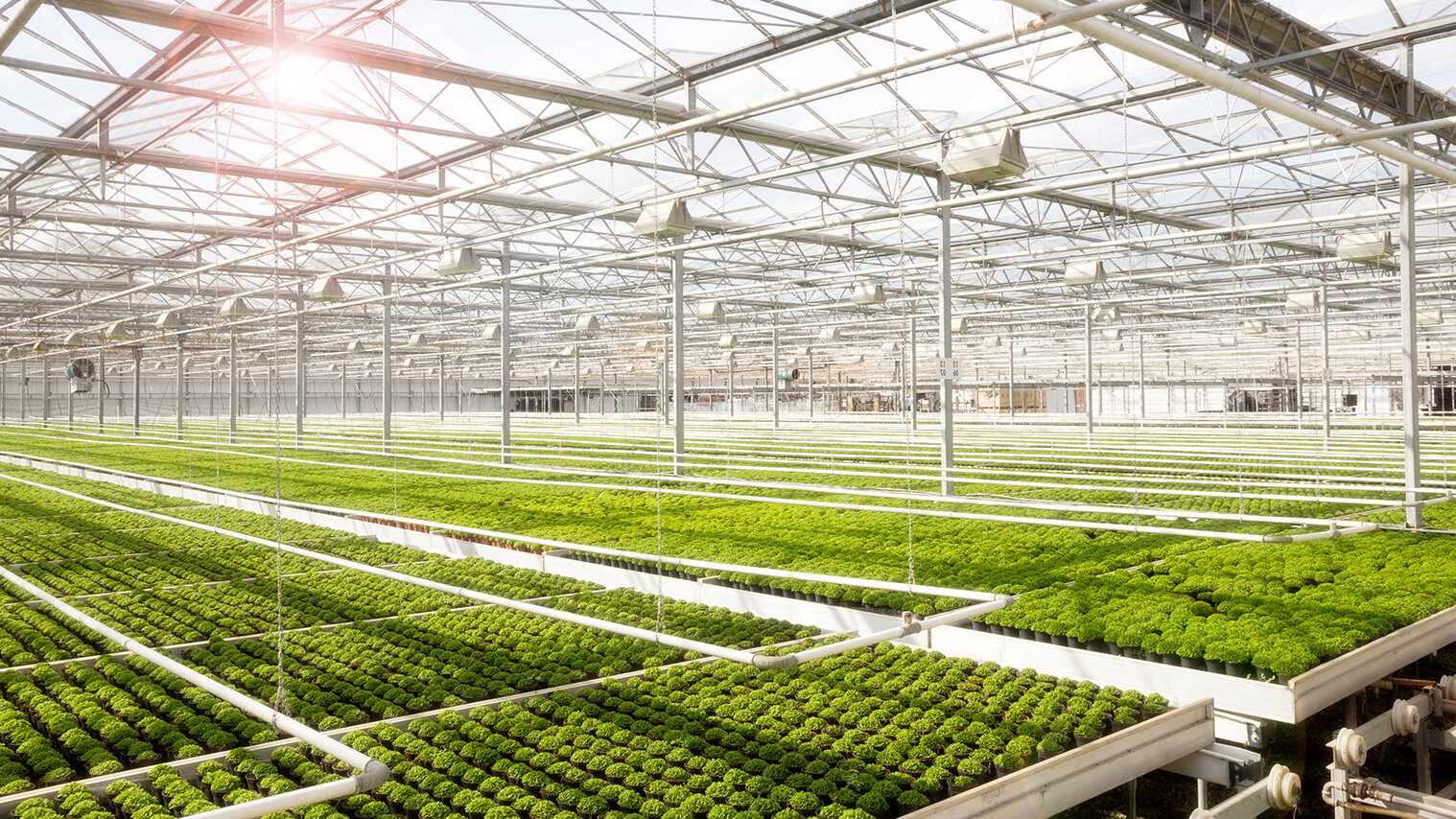Geothermal Opportunity
A Global Problem
80% of domestic energy use is for heating and cooling, causing more than 40% of all global carbon dioxide emissions.
A Renewable Solution
Direct geothermal is one of the fastest growing and cleanest sources of renewable heat. There are a number of significant economic and environmental benefits to developing geothermal energy projects.
As the energy transition accelerates, it is important for governments and business to have access to a range of low-carbon, renewable energy and heating sources.
As a renewable resource that is not reliant on the weather and will never deplete, geothermal helps governments and businesses address their carbon emissions, whilst tackling security-of-supply issues and creating jobs in the low-carbon economy.
Geothermal in Europe
Direct geothermal is one of the fastest growing, and cleanest renewable heating sources. Worldwide, the geothermal heating market is projected to grow by more than 40% by 2024, with much of that demand coming from mainland Europe where geothermal projects are already well-established and progressed.
At the end of 2020, there were over 130 operating installations in Europe, with that number set to potentially double over the next 5 years.
Currently, Europe is a leading market for geothermal district heating and cooling systems, with over 5.5 GWh of installed capacity in 25 European countries. CO2 production is less than 2gr / KWh.
Geothermal in the Netherlands
The potential of geothermal in the Netherlands is significant, with the government committed to supporting the development of geothermal projects through both subsidies and direct investment.
Modern agricultural greenhouses in the Netherlands using geothermal for heating and cooling
By the government’s own estimates, around 5% of all heat produced in the Netherland’s can be supplied by green geothermal projects by 2030, with that number rising to around 25% by 2050.
Second generation wells are now being drilled or wells are being upgraded to improved standards. 85 Degrees is confident the industry can run subsidy free by 2030.
How we do it
85 Degrees plans to expand through both the identification and renovation of existing wells and through the drilling of new wells.
Once our wells are active the heat produced will be sold through long-term offtake agreements with established partners.
All our projects are low-pressure, low tech and low risk, and water based, meaning that alongside causing minimal visual disruption, there is negligible risk to local communities during the drilling or upgrading of well sites.
Here we work in strict compliance with all relevant norms and standards to ensure there is a double layer of protection inside the wells, thus ensuring that the hot water from deep wells does not mix with groundwater. (Deep geothermal water is not suitable for drinking).


